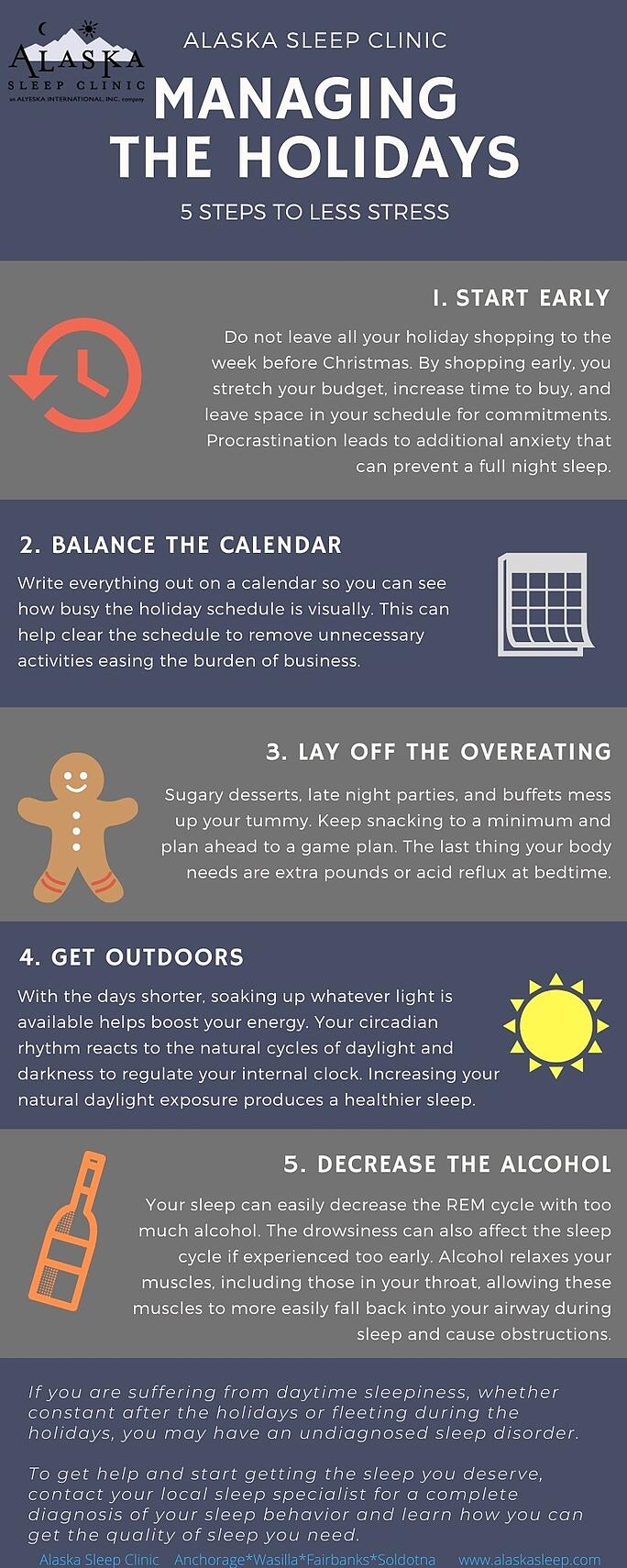4 FAQ’s About the 4-Month Sleep Regression
Oh, the dreaded 4-month sleep regression. Chances are, if you’re reading this, then you’re probably in the midst of one yourself and have no idea where it came from, how long it’ll last or what to do about it. Every parent experiences the challenges of their newborn no longer sleeping like before, resulting in drastic changes to their little one’s sleep.
Occurring anywhere between eight weeks to five months, this sudden change can leave any novice parent scratching their head. Your baby regularly took two-hour naps multiple times a day, anywhere and anytime – but now will fight against naps for hours against only to sleep 45 minutes or less at a time. What happened to your sweet little angel?!
It’s understandable why you’d be desperate to get back to a regular routine – after all, your own sleep and daytime productivity is dependent upon their schedule. Here are the reasons why your child won’t sleep, what you can do about it and what you can expect afterwards.
Why won’t my baby sleep?
There are a handful of reasons why your baby’s sleep behavior is changing.
- He started flipping onto his belly, meaning it’s no longer safe to swaddle him at night yet he still has his Moro reflex that yanks him out of sleep.
- She is going through a growth spurt. Some babies will have days of constant eating often followed by days of constant sleeping.
- She’s starting to teeth. Knowing exactly what she wants can be a big challenge anyways, and signs of teething are easy to confuse with other general fussiness behavior.
- His older age means he’s more aware and excited by the world around him – meaning he’ll want to play even at inconvenient times.
With so many things your youngster is experiencing, it’s no wonder he can’t sleep.
Is it a phase or a habit?
Here’s the unsatisfactory answer: both.
The reality is that your baby’s sleep behavior is undergoing drastic changes that are right on track with her development. BabySleepSite.com explains that as “your baby’s brain matures, around the 4-month mark, her sleeping patterns change – they become more like yours.
Now, she is cycling between light and deep sleep – just like you. When you look at it this way, it’s clear that the 4-month sleep regression is a very normal, very healthy developmental milestone, just like learning to walk and talk.”
This readjustment could take anywhere from one to three weeks for your baby to learn her new sleeping habits, so be patient as she figures out how to find that much needed rest. However, if she’s still struggling to sleep and suffering from sleep deprivation, you’ll want to seek professional help to resolve whatever issues prevent her from sleeping as quickly as possible.
What can I do to help my baby sleep?
What’s key to remember during this torturous readjustment is that your baby desperately wants to sleep. But as he undergoes these changes, he just doesn’t know how. It’s your duty to help him learn how to get the rest he needs.
For all of the above issues, here’s what you can do about them:
- Swaddle: If your baby depended on a tight swaddle to sleep, then she’ll surely have a hard time adjusting to the free-falling feeling of a swaddle-free night. The reason to transition, however, is due to the hazard of your baby flipping onto her belly but not having her arms free to push her head up, causing a suffocation risk that’s just not worth taking.
- There are several ways you can transition your LO out of a swaddle, one including a cold-turkey approach (which probably won’t work) or a gradual transition with one limb out at a time. You can further read how to transition out of a swaddle here.
- Growth spurt: Unfortunately, the only thing you can do during a growth spurt is to wait it out. But the amazing development your little guy will come out with is sure to amaze you.
- Teething: A painful time for both baby and parent, the best thing you can do is alleviate the pain as much as possible while you wait for that new tooth to pop. Be sure to buy teething toys that can safely be stored in the fridge, then pull it out when you need it the most. If she’s really suffering, you can give her a little Tylenol dose that’s recommended by her pediatrician.
- More aware: It doesn’t take much to stimulate your little guy anymore, so make sure his room is stimulation-free as much as possible. Get blackout curtains to dim outside light, buy a fan or noise machine to cover over creaks throughout the house, and reduce any playful interactions leading up to his bedtime.
As both you and your baby are learning a new sleep routine, don’t worry about rocking the cradle too much. That is to say, whatever you were doing to get baby to sleep before the regression, like feeding or rocking to sleep, then keep doing that. It may be a bad habit you’ll have to break later on, but now is not the time to worry about that. Anything that provides comfort and consistency will make the transition easier.
What should I expect next?
Unfortunately, four months will not be your only sleep regression phase. Expect to see another one around eight, 11, 18 and 24 months. Luckily, you’ll be armed and ready to tackle those phases like a gladiator with your new battle tactics.
Another thing to expect is that your schedule will indeed be different now. Instead of the sporadic feeding and sleeping routine, consider establishing a schedule that your baby can easily adjust to. Most babies at this age can stay awake one and half to two hours between naps, and feedings should occur during their more alert times to ensure they eat the most.
The E.A.S.Y (Eat, Activity, Sleep, You Time) schedule is one that’s easy to remember, so consider adjusting yours to something similar.

It takes tapping into a lot of patience to survive this trying time, so don’t stress yourself and your little one over it as you both learn new habits. However, if your baby is still missing out on sleep after weeks and weeks, then you’ll want to further investigate into the reason and get back on track before it becomes a full-blown sleep disorder.
Luckily, our experts here at Alaska Sleep Clinic know all about sleep problems, from insomnia to Obstructive Sleep Apnea. If you live in Alaska, then be sure to call for your free 10-minute consultation.


